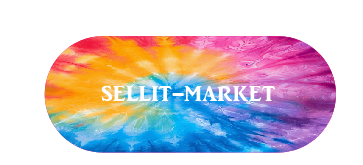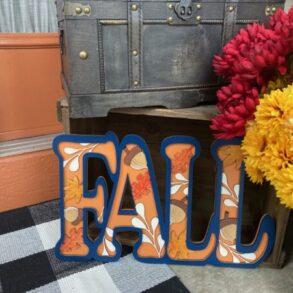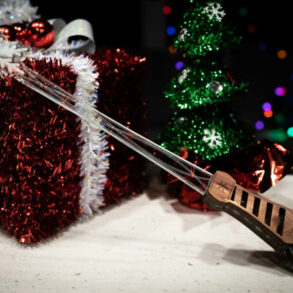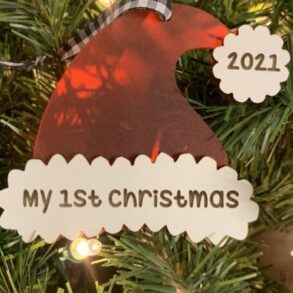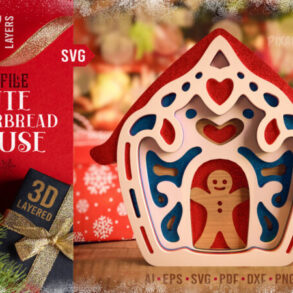How I made a leather laser cut pen case without knowing how to sew


For this project we will be creating a pen case with our laser cutter. I haven’t learned to sew yet so I decided to try and make a pen case without sewing. As usual, we will use the creative process to guide our project. Learn more about the creative process here! Let’s begin.
Phase 1 – Goals
- Create a pen case
- No sewing required
- Use the following Materials
- Plywood
- Leather
Now I have a goal and can move onto learning about pen cases and get inspired!
Phase 2 – Inspiration
In order to build our mental library of what a pen case is we will be using Pinterest to create a database of visual inspiration. Check it out below and make sure to follow us on Pinterest. I simply searched for Pen cases, laser cut pen cases, etc…you can also use other websites to find imagery to inspire you.
In addition to Pinterest, I took a look around my house (my RV) to find inspiration. Here are my current pen cases.
Phase 3 – Create
Now the fun begins. Let’s make something!
I spent a little bit of time with my sketch book drawing out ideas.


I found out I really needed a real life object to play with. Paper prototyping was a great way to explore ideas. My son even had fun joining in on the fun!





This is the design I chose to run with. It looks different on paper than it did in my head but this was the idea.
I took the concept and put it in Adobe Illustrator. I added an outline to score to give it a little more structure.
Now time to print. I’m using veg tan leather from www.tandyleather.com
This video is from an earlier attempt. I had the power to high and ended up creating a lot of burn marks.
After this experiment, I tested some more settings on my Glowforge plus for a cleaner cut.
Wood was next. Plywood from https://www.columbiaforestproducts.com/ is my go to wood. It is soy-based and formaldehyde free!
Now to prepare the leather. I used an edge beveler to clean up the sides. This is optional but helps with the finish.
Next, dye the leather. I used a water based dye called Eco-Flow.
I burnished the edges with a wood burnisher and Tokonole.
In order to connect all the pieces together, I decided to use Gorilla wood glue. This stuff seems to work great with leather/wood combo. Before I glued, I ruffed up the leather so the glue had more to grip.
Now we glue and clamp. This was a difficult task to keep clean. Definitely is the biggest con to this project. It’s messy and difficult to control. Lots of whipping excess glue.
Here comes the clamps. Lots and lots of clamping…





